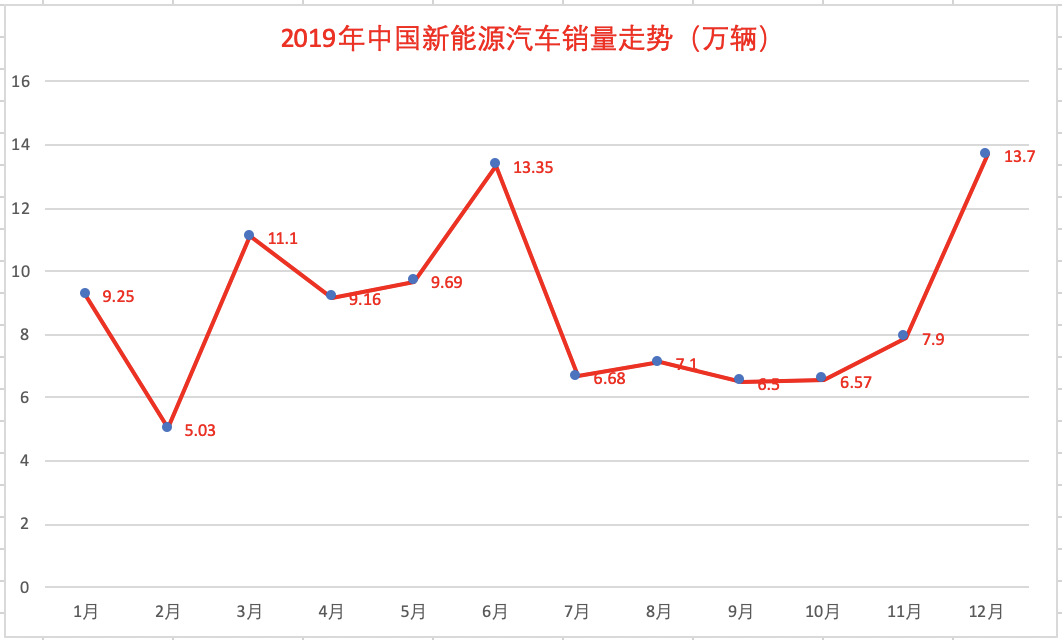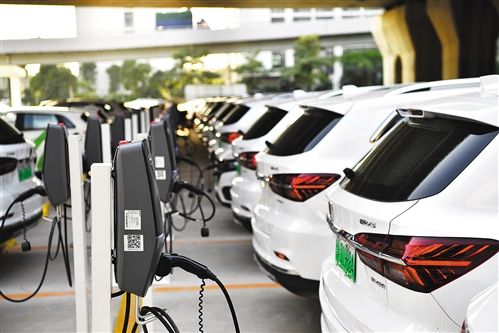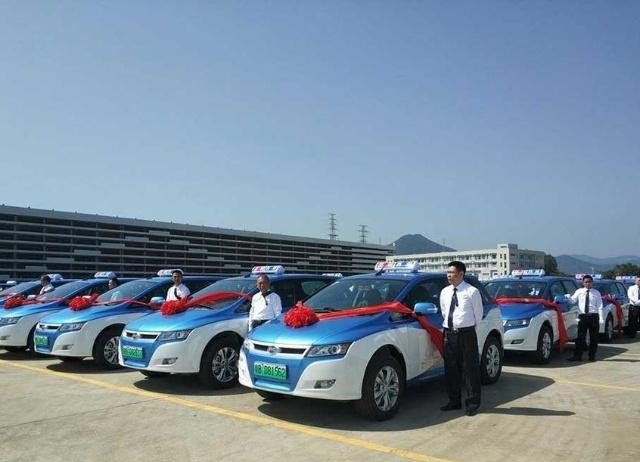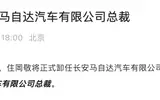In addition to Weibo, there is also WeChat
Please pay attention

WeChat public account
AutoBeta


2024-11-22 Update From: AutoBeta autobeta NAV: AutoBeta > News >
Share
AutoBeta(AutoBeta.net)01/10 Report--
Affected by subsidies, sales in the domestic new energy passenger car market declined for the first time in July last year, down 3% from the same period last year and 63% month-on-month. In the following months, the market has been in a state of malaise. A few days ago, the Federation released the latest sales figures, showing that sales of new energy passenger vehicles in December were 137000, down 15.1% from a year earlier and up 73.5% from November, a record for the year.

In the view of Cui Dongshu, secretary-general of the Federation of passengers, the reason why sales of new energy passenger cars rose sharply month-on-month in December was mainly because car companies seized the opportunity to increase at the end of the year. So far, the cumulative sales in 2019 was 1.06 million vehicles, an increase of 5.1 per cent over the same period last year.
The market for new energy vehicles also showed a growth trend of more than 100 per cent in the first half of the year, after sales peaked at 134000 in June, the best sales record for the same period. However, the situation took a sharp turn for the worse in the second half of the year, with sales from June to November of 66800, 71000, 65000, 65700 and 79000 respectively, compared with the sales of 72000, 84000, 97000, 120000 and 136, 000 in the same period in 2018. Obviously, it has decreased a lot, and this sign not only reflects the impact of subsidy decline, but also reflects the declining market demand.

Domestic independent car companies, such as BAIC and BYD, have been hit hard by the subsidy retreat. According to the latest sales figures released by BYD, cumulative sales for the whole of 2019 were 461399 vehicles, down 11.39 per cent from a year earlier. Among them, the total sales of new energy vehicles was 229506, down 7.39% from the same period last year; in December, the decline was even more serious, with cumulative sales of 43179 vehicles, down 37.99% from the same period last year, of which 1301,099 vehicles were sold, down 71.92% from the same period last year.
BAIC New Energy, also a domestic new energy giant, is not optimistic. According to the sales data released by BAIC Blue Valley on January 8, the cumulative sales in 2019 was 150601 vehicles, down 4.69% from the same period last year; in December 2019, sales were 36613, up 23.5% from the same period last year; and the completion rate of BAIC's annual sales target of 220000 vehicles in 2019 was only 68.45%.
At present, new energy vehicles are mainly operating vehicles and private cars, but the proportion of private car sales is only about half, which directly reflects the depressed situation of individual-led purchase of new energy vehicles. While the new energy market is still in a period of adjustment, superimposing a variety of unfavorable factors of new energy vehicles, the share of A00 pure electric vehicles has dropped from 49% to 26%, while the share of Class An electric vehicles has increased from 33% to 56%, indicating that the market demand for ride-hailing is greater than that of private consumers. In this regard, Cui Dongshu said that the expansion of the market scale such as online car-hailing is a factor driving the promotion of the A-class pure electric car market, while there is still great pressure on the private consumer market.

Although new power car companies such as NIO and Xiaopeng still show growth against the trend or tend to be stable under the trend of market decline, because the new forces account for less than 1% of the overall market volume of new energy vehicles, it is still unable to reflect the performance of consumers' demand for new energy vehicles. According to data, Xilai delivered a total of 20565 pure electric vehicles in 2019, becoming the car company with the largest number of new cars delivered by the new power.
A few days ago, the Ministry of Industry and Information Technology issued the Development Plan of New Energy vehicle Industry (2021-2035), which increased the proportion of new energy vehicles in 2025 from 20% to 25%. This means that based on the total vehicle sales of 35 million in 2025, the sales of new energy vehicles will increase from 7 million to 8.75 million, with an average increase of 1.75 million vehicles per year. However, the cumulative sales of new energy vehicles in 2019 is only 1.09 million, which is still far from the target.
According to the Forecast of the Federation of passengers, the new energy market will decline again in January 2020, and the sales contribution will be mainly realized by traditional cars. Compared with the traditional domestic day-New year, most consumers need to experience the tide of returning home, and buying a car to return home has become a choice for most consumers, but the disadvantages of new energy are not in line with the current return experience, so sales performance will not be as good as traditional fuel models.
Welcome to subscribe to the WeChat public account "Automotive Industry Focus" to get the first-hand insider information on the automotive industry and talk about things in the automotive circle. Welcome to break the news! WeChat ID autoWechat
Views: 0
*The comments in the above article only represent the author's personal views and do not represent the views and positions of this website. If you have more insights, please feel free to contribute and share.











© 2024 AutoBeta.Net Tiger Media Company. All rights reserved.